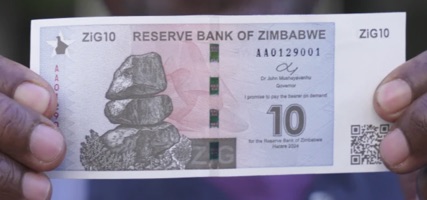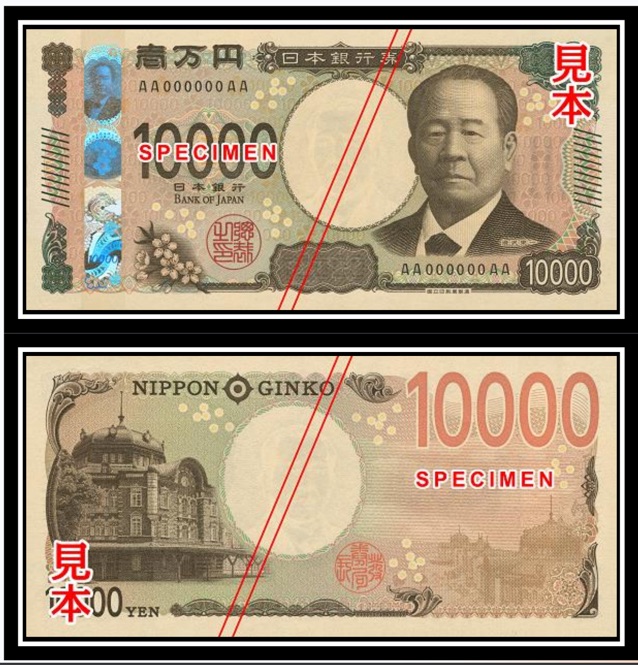
What an Economist Says About a 59 Million Dollar Wedding
January 4, 2024
January 2024 Friday’s e-links: Solving a State’s Dilemma
January 5, 2024Our story starts with a goldendoodle named Cecil. When his human family left an envelope with $4,000 on a kitchen counter, the unexpected happened.
It takes us to asking what is money.
Chewed Up Money
Clayton Law placed a sealed envelope with a stack of bills on his kitchen counter. Returning a half hour later, he found the following:

Panicked, he shouted to his wife, “Cecil ate $4,000.”
Subsequently, she explained to The Washington Post, “Cecil’s a goofy guy and he’s very particular — you could leave a steak on the table, and he wouldn’t touch it because he’s not food motivated…But apparently he is money motivated.”
Next, as you and I might have done, Carrie and Cecil Law pulled out the tape, and waited for the money to emerge from Cecil. Then, washing it, they tried to recreate the bills that had existed.
At this point, we can ask if a torn or taped bill is money. According to the bank, legal money is any taped “note” with a serial number. The Laws recovered $3,550.
This was how they did it:
Our Bottom Line: The Characteristics of Money
Writing about the Micronesian island of Yap in 1910, an anthropologist described their monetary system. Many years before that, some Yap money–a huge stone disk–was lost at sea during its transport between islands. Although gone physically, the disk had value.
With a pole that fits in the hole, you can carry the Yap money shown below:

From: archaeology.org
Similarly, we can ask whether torn up or taped money is money. Economists might reply with the characteristics of money.
- a medium of exchange (It is widely accepted.)
- a unit of value (We have to know how much it’s worth.)
- a store of value (It should retain its value.)
Money, whether a dollar bill, bitcoin, or a Yap disk is any commodity with those three characteristics.
My sources and more: Thanks to Stephanie Ruhle at MSNBC for alerting me to the dog that ate the money. From there, the The Washington Post had the details. Then, the Yap story was in Milton Friedman’s Money Mischief. And finally, taking the last step, we can learn about destroying money in this Atlantic article.
![econlifelogotrademarkedwebsitelogo[1]](/wp-content/uploads/2024/05/econlifelogotrademarkedwebsitelogo1.png#100878)




